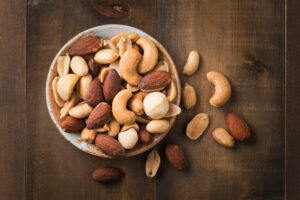
6 surprising benefits of Medicare Advantage plans
The government provides Medicare and health insurance for older individuals over 65 or those with disabilities or life-long diseases like kidney failure. Medicare can pay for one’s treatments and take off some of the financial burden during emergencies. Medicare Advantage plans act as an add-on service approved by Medicare but provided by private health insurance companies. These provided all the benefits of Medicare plus added benefits that the federal government doesn’t cover. What is a medicare advantage plan? Medicare has different types of plans. The most common ones are Original Medicare, Part A, and Part B. Part A is also called hospital insurance. As the term suggests, it covers all inpatient service costs, home care services, and nursing expenses of the patients when admitted to the hospital. Part B is medical insurance and covers medical supply expenses, routine doctor visits, outpatient care, and preventive services. One can also sign up for a Medicare Advantage Plan (Part C). Apart from providing all the benefits of the previous two plans, Part C provides added coverage like vision, hearing, dental, and health and wellness programs. These plans are also referred to as “MA Plans,” and private companies approved by Medicare offer them to customers.
Read More 









